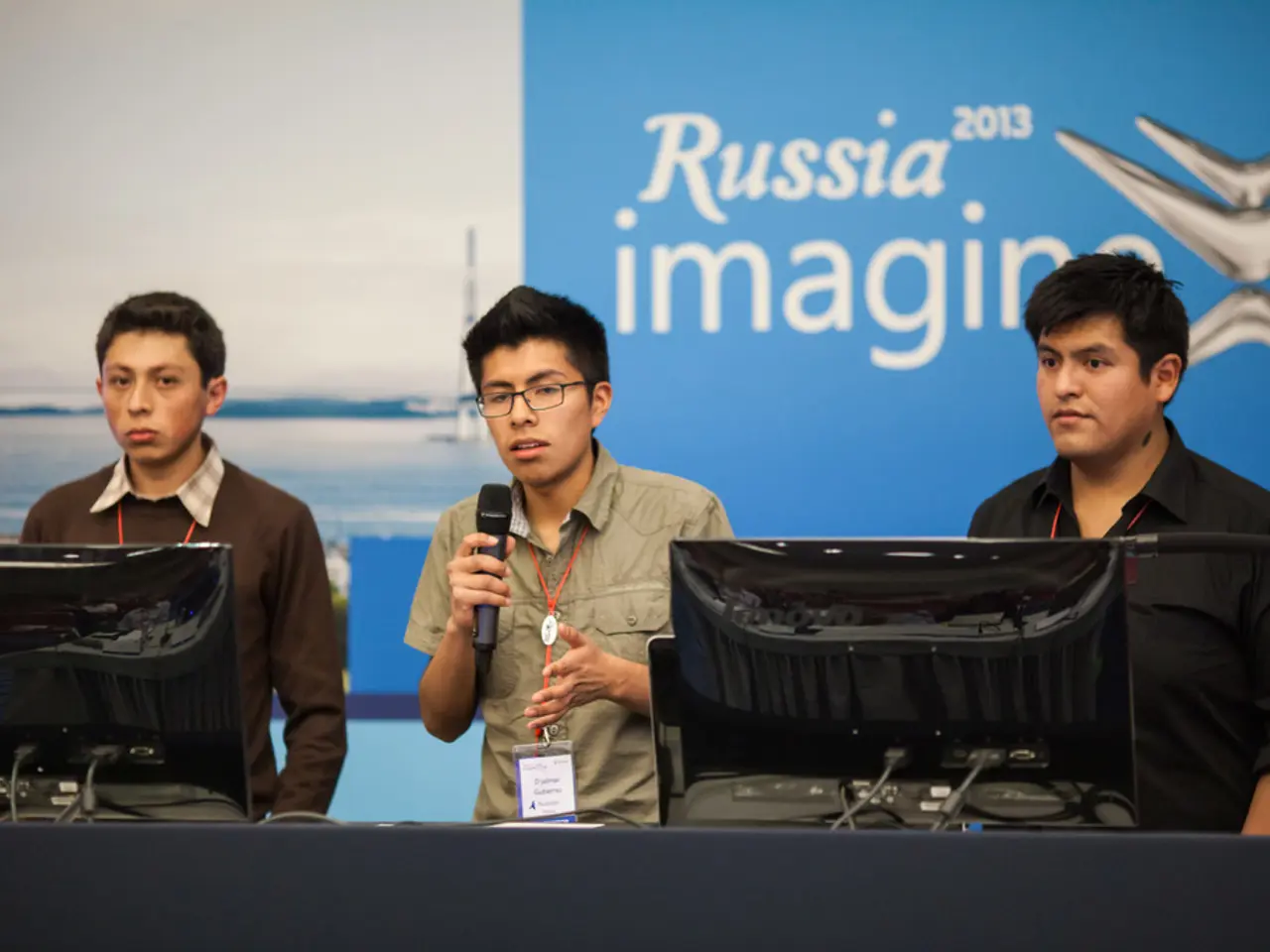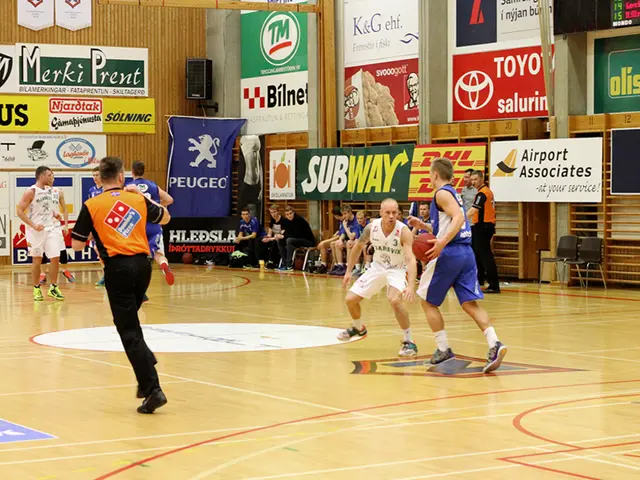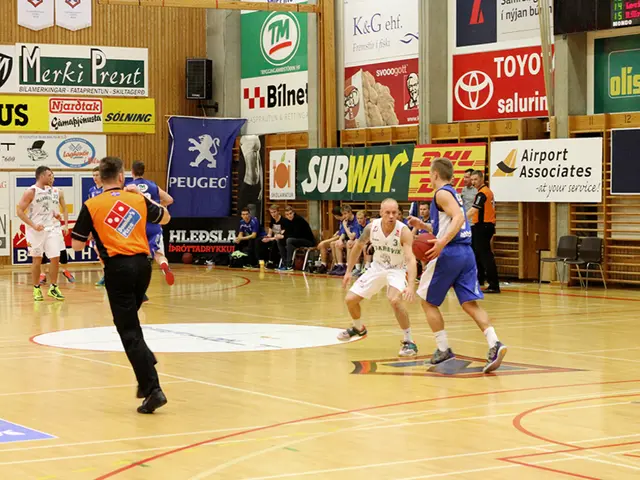Russian advisor promotes Ukraine-related demands through Trump, suggesting "Two potential solutions"
In a significant development, Vladimir Putin and Donald Trump have agreed to meet in Alaska on August 15th to discuss the future of Ukraine. The meeting, initiated by Chancellor Friedrich Merz, could mark a turning point in the ongoing conflict.
Dmitrij Suslov, a Kremlin advisor, has outlined two potential future scenarios for Ukraine. The first scenario involves negotiations between Putin and Trump, which could result in a bilateral Russian-American plan to achieve a ceasefire in Ukraine. This plan, as described by Suslov, includes concessions from Ukraine.
Putin's specific demands regarding Ukraine include no NATO membership for Ukraine, no Western troops on Ukrainian soil, and control or surrender of the Donbas region to Russia. Additionally, Putin reportedly was willing to freeze the front lines where they currently stand in Kharkiv and Zaporizhzhia and to relinquish some territory Russia captured in Kharkiv, Sumy, and Dnipropetrovsk regions.
These demands reflect a shift from earlier maximalist positions and indicate a tactical adjustment after years of military stalemate. However, Putin continues to insist on major Ukrainian territorial concessions and insists Ukraine must not join NATO or host Western troops.
The second scenario, according to Suslov, is the defeat of Ukraine, which could occur if Ukraine rejects the proposed solution and Trump stops all military aid to Kyiv and stops selling weapons to Europeans, potentially leading to Ukraine's accelerated defeat and total collapse.
Outside analysts anticipate the best possible negotiated framework to involve a ceasefire potentially involving minor land swaps, neither side recognising Russian control over 20% of Ukraine but agreeing not to retake it by force, Russia acknowledging Ukraine's sovereignty over the remaining 80% with the right to defend itself and choose alliances, NATO no longer aiming to offer Ukraine membership and limiting NATO troops and armaments in Ukraine, and the gradual lifting of sanctions on Russia as the agreement is implemented.
Putin’s strategy also includes applying military pressure through persistent attacks to strengthen his negotiating position, while using economic incentives to sway Washington and isolate Ukraine and Europe. Suslov believes that Trump's threat of sanctions against India, China, and Brazil for importing Russian oil would not work, as China, India, and Brazil would refuse, potentially leading to political and trade conflicts for the USA.
The Kremlin's key priority in this scenario is an agreement between Russia and the United States, without Ukraine and Europe. Initially, the meeting was not including Ukrainian President Volodymyr Zelensky, but talks are now scheduled between some European countries, the "Coalition of the Willing", Ukraine, and the USA.
The UN Secretary-General Rutte brought up "factual" territorial concessions of Ukraine to Russia in a recent discussion, adding another layer of complexity to the negotiations. The outcome of these talks could have significant implications for the future of Ukraine and the broader geopolitical landscape.
[1] Source: Putin's Demands in the Negotiations [2] Source: Negotiated Framework for Ukraine [3] Source: Putin's Strategy in the Negotiations
- The ongoing conversation between Putin and Trump, initiated by Chancellor Friedrich Merz, could lead to a policy-and-legislation shift regarding war-and-conflicts in Ukraine, as outlined by Kremlin advisor Dmitrij Suslov, who presented two possible scenarios - a bilateral Russian-American plan for a ceasefire in Ukraine or Ukraine's potential defeat if negotiations fail.
- General-news sources anticipate a negotiated framework for Ukraine to involve policy-and-legislation agreements such as a ceasefire, minor land swaps, mutual recognition of territorial control without foreign intervention, and a suspension of NATO's goal of offering Ukraine membership, among other conditions, aiming for a diplomatic resolution that benefits all parties involved.








